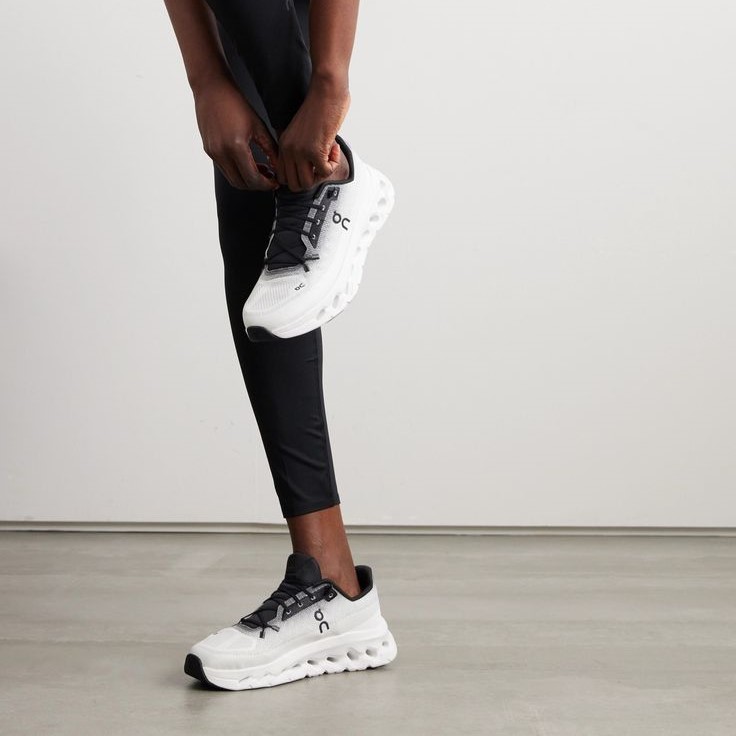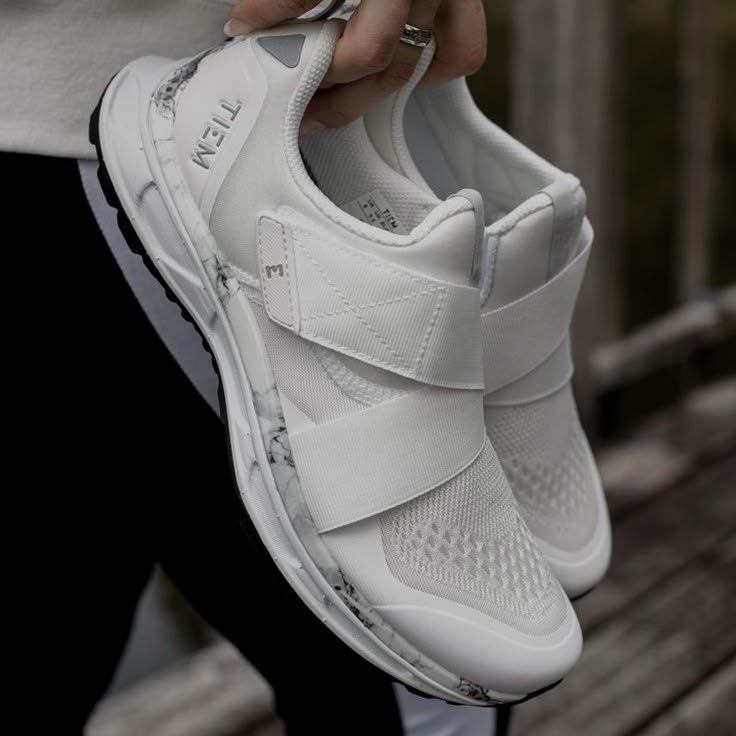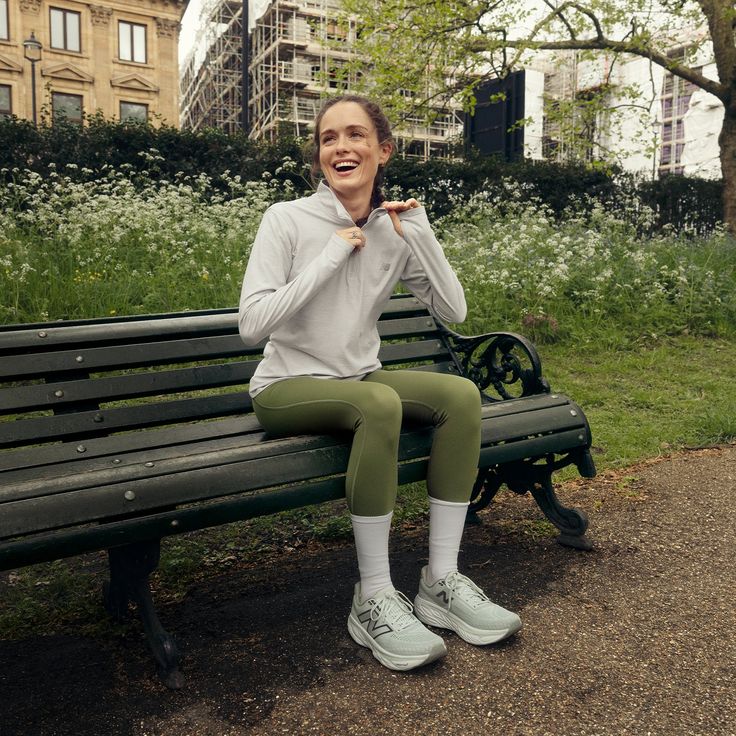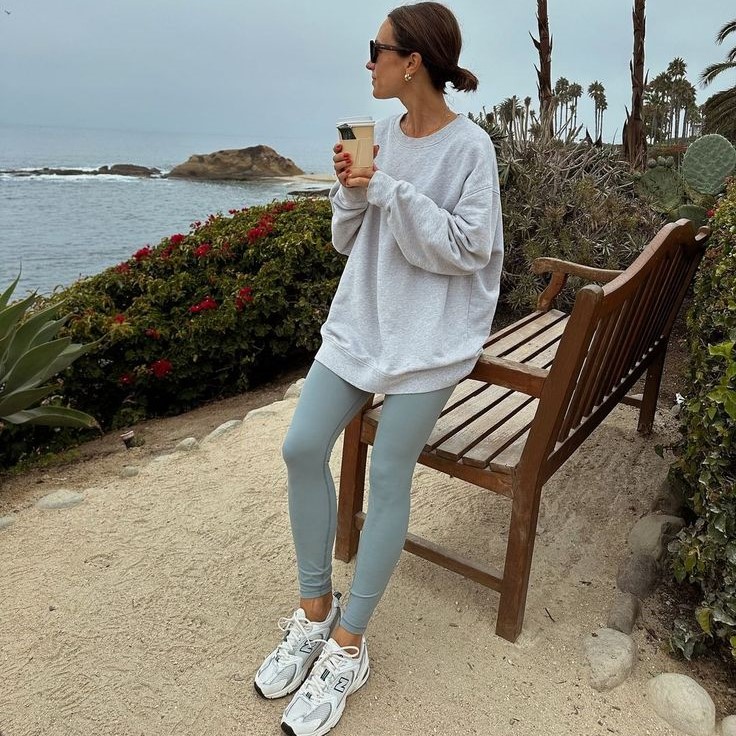Why Winter Running Shoes Matter
When it comes to outdoor activities during the colder months, having the right gear is essential. Winter running shoes are specifically designed to handle snow, ice, and freezing temperatures. They provide better traction, insulation, and protection against moisture compared to regular running shoes. For runners who refuse to let winter slow them down, these specialized shoes can make all the difference. Not only do they enhance performance, but they also ensure comfort and safety. Whether you’re jogging through icy trails or navigating slushy city streets, investing in a good pair of winter running shoes is crucial. These shoes combine functionality with durability, making them an excellent choice for anyone serious about staying active in cold weather.

Essential Features
When selecting the perfect winter running shoes, prioritize features designed for harsh conditions. Comfort and safety are critical in cold climates, and the right features can make a world of difference. Here are the essential features to look for in winter running shoes.
Waterproof and Windproof Materials
Winter running shoes must resist water and wind. Wet feet can lead to discomfort and even frostbite in cold temperatures. Look for waterproof membranes like Gore-Tex or similar materials. These fabrics keep feet dry while allowing them to breathe.
Enhanced Traction for Slippery Surfaces
Snow and ice require shoes with exceptional grip. Shoes should have outsoles with deep lugs or spikes. They bite into slippery surfaces, reducing the risk of slips and falls. Quality traction is vital for stability and confidence during your runs.
Insulation for Cold Temperature Protection
Your winter running shoes should keep your feet warm. Insulation protects against low temperatures and windy conditions. Look for shoes with thermal linings or padding. Materials like Thinsulate or fleece add warmth without too much bulk.
The Importance of a Proper Fit
The fit of your winter running shoes is crucial. A proper fit ensures comfort during long runs in cold weather. It also reduces the risk of blisters and injuries which can occur with ill-fitting shoes. Consider these points when checking for the right fit:
Room for Toes
- Wiggle Space: Ensure that there is adequate room in the toe box of your shoes for your toes to move freely. This is crucial as a cramped toe area can lead to discomfort and potential foot issues.
- Blood Flow Consideration: Wearing tight shoes can significantly restrict blood circulation in your feet. Insufficient blood flow can result in cold feet, making it uncomfortable to walk or stand for extended periods.
- Long-Term Comfort: Allowing your toes space to wiggle not only enhances immediate comfort but also supports overall foot health over time.
Heel Support
- Snug Fit: Your heel should fit snugly in the back of the shoe, remaining securely in place without slipping. A secure heel helps maintain stability during movement.
- Prevention of Rubbing: A well-fitted heel minimizes the risk of friction and rubbing, which can cause blisters and other skin irritations.
- Balance and Stability: Proper heel support contributes to better balance and stability while walking, essential for reducing the risk of slips and falls.
Midfoot Fit
- No Pinching: It’s important that the shoes do not pinch or squeeze the arch or midfoot area. A comfortable fit in this region allows for proper foot mechanics during movement.
- Supportive Structure: A secure fit provides better arch support, which can help in distributing weight evenly across the foot and reducing fatigue during prolonged use.
- Comfort and Stability: A well-fitting midfoot enhances overall comfort and stability, enabling more effective performance whether you are walking, running, or engaging in other activities.
Lace Adjustment
- Adjustable Features: Choose shoes that come with adjustable laces, as this allows for a customized fit. You can easily tighten or loosen the laces based on your needs at any given moment.
- Compatibility with Socks: This feature is particularly beneficial during colder months when you might wear thicker winter socks, ensuring that your shoes remain comfortable and secure.
- Enhancing Fit: Proper lace adjustment can help alleviate pressure points, reduce movement inside the shoe, and enhance overall foot stability, improving your comfort while wearing the shoes.
Remember, winter running shoes may need to be a half-size larger than your regular shoes. This accommodates thicker socks and natural foot swelling. Trying shoes on in the afternoon is best, as feet tend to expand throughout the day.

Analyzing Different Brands
When it comes to purchasing winter running shoes, the market offers a variety of brands. Each brand presents unique features designed to meet specific needs during cold weather runs. Analyzing and comparing these brands can help you make an informed decision tailored to your individual preferences and running habits.
Popular Brands and Their Offerings
Numerous companies have crafted specialized winter running shoes to address the challenges of cold weather running. Leading brands often utilize advanced technology and materials to enhance user experience. Companies like Salomon, Nike, and Adidas provide high-performance winter running shoes with qualities such as waterproofing, superior traction, and insulation. Salomon is known for its robust build and snug fit, ideal for trail runners facing rugged terrain. Nike offers versatility with stylish yet functional models that cater to a wide audience. Adidas appeals to runners valuing comfort and energy return, featuring cushioning that adapts to freezing temperatures.
Reebok and Under Armour should also be considered for their innovative designs. Reebok’s winter shoes prioritize not only warmth but also agility, suitable for runners preferring quick, responsive footwear. Under Armour’s highlights include durable materials that withstand harsh winter elements while ensuring a comfortable run.
Comparing Price Points and Durability
Winter running shoes vary in price and durability, influencing the long-term value they provide. Economical options can be appealing for beginners or those with a tight budget, but durability should not be overlooked. More expensive models may offer better investment in the long run due to their higher quality and longer-lasting performance.
It’s important to assess the longevity of the shoe’s features such as the outsole’s resistance to wear and the endurance of the waterproof membrane. It’s also worth considering the warranty and customer support services from different brands when making a purchase decision. By weighing the balance between cost and expected lifespan, runners can find winter running shoes that fit their budget and durability needs.
Remember, the ultimate goal is to select a pair of winter running shoes that provides comfort, safety, and reliability throughout the cold season. Take the time to review and compare before making your selection.
The Role of Shoe Weight and Flexibility in Winter Running
When choosing winter running shoes, shoe weight, and flexibility matter.
Why a Light Shoe Matters
A heavy shoe can tire you out faster, which isn’t ideal in cold weather. Look for lightweight shoes that won’t weigh down your feet. Light shoes help maintain energy and promote better endurance while running in the snow.

Flexibility for Natural Foot Movement
Flexible shoes let your feet move naturally, vital for avoiding strain during winter runs. Rigid shoes can restrict movement and harm performance. However, too much flexibility may reduce insulation, so balance is key. Shoes should bend easily at the forefoot but remain supportive.
Finding the Right Balance
The best winter running shoes strike a balance between weight and flexibility. They keep feet agile without sacrificing warmth and protection. Testing shoes before you buy can ensure they match your running style. Keep in mind that the perfect shoes boost comfort and safety on winter runs, so don’t compromise on these elements.
Incorporating Winter Running Shoes into Your Workout Routine
When the season changes, your gear should too. Adding winter running shoes to your routine is wise as temperatures drop. They guard against cold-related risks and improve your run quality. To merge these shoes into your workouts, take steps for a smooth transition.
Transitioning from Standard to Winter Shoes
Switching to winter running shoes can feel different at first. Start by wearing them on short runs. This lets you adjust to the new fit and feel. Gradually increase distance as you become comfortable. Ensure your winter shoes have enough space for thicker socks, which you’ll likely wear for warmth.
It is important to remember not to rush the transition. Give your feet time to adapt to the change. Alternate between your standard and winter shoes as necessary. This will help your muscles adjust to the new shoe structure without strain. Watch out for any signs of discomfort and make adjustments accordingly.
Adjusting Your Running Technique for Cold Weather
Cold weather affects your body and running technique. Keep your strides shorter to maintain balance on slippery surfaces. A compact running form helps control your movements and reaction time. Relax your shoulders and keep your posture upright. This position helps with stability and breathing in cold air.
Also, focus on your footing. Be mindful of icy patches or uneven terrain. Winter running shoes with enhanced traction will help, but staying alert is crucial. Adjust your pace according to the conditions. Safety is more important than speed when facing winter elements. Remember, running in cold weather is about consistency, not pushing limits.
Embrace the change and make those winter miles count. With the right shoes and approach, winter running can be a rewarding experience.
Maintenance and Care
Maintaining your winter running shoes is crucial for their longevity and performance. Proper care ensures they remain effective and comfortable throughout the colder months. Here’s how to keep your winter running essentials in top condition.
Cleaning and Storage Tips
To clean your winter running shoes, remove any dirt or debris after each run. Use a soft brush or cloth for the exterior. Avoid submerging shoes in water, which can damage their materials. Instead, use a damp cloth for stubborn spots. Dry your shoes thoroughly but never directly heat them, as high temperatures can warp the material. Store your shoes in a cool, dry place, away from direct sunlight, which can degrade their components over time.

When drying, stuff shoes with newspaper to absorb moisture and maintain shape. Loosen the laces and remove the insoles to promote air circulation. Refresh your shoes with a deodorizer or sprinkle baking soda inside to neutralize odors.
When to Replace Your Winter Running Shoes
Monitor your winter running shoes for signs of wear. Inspect the outsoles for worn down treads that could compromise grip on icy surfaces. Check the waterproof and windproof materials for any breaches that could allow moisture in. Feel the inside for worn insulation, impacting warmth and comfort.
Generally, replace winter running shoes after 300 to 500 miles of use. However, if you notice decreased performance or discomfort sooner, consider a replacement. Keeping track of mileage and noting any changes can guide you on when to invest in a new pair.
By following these maintenance and care tips, your winter running shoes will serve you well, run after run. Regular cleaning, proper storage, and awareness of their condition will help you get the most out of your investment and ensure a safer, more enjoyable cold-weather running experience.
User Reviews and Testimonials
Choosing winter running shoes isn’t just about the features and brand reputations. It’s also about how they perform in real-world conditions. User reviews and testimonials are invaluable for getting a sense of how shoes hold up. Here are some insights gleaned from winter runners themselves.
Real-World Experience
Runners often share their experiences with winter running shoes online. Many appreciate shoes with waterproof and windproof materials. They report dry and warm feet despite slush and snow. Shoes with deep lugs are a hit, too. Runners recount fewer slips and a sense of security on icy paths.
Performance Over Time
Durability comes up often in testimonials. Users note which shoes withstand miles of cold-weather running. Some speak highly of the value gained from pricier models. They perform well long after the snow melts. To others, even less expensive shoes have proven reliable and comfortable.
Comfort and Fit Feedback
Testimonials underscore the importance of a good fit. Users with well-fitting winter running shoes report fewer blisters. They have a better experience during longer, colder runs. Many advise to size up for thick winter socks. This advice aligns well with the recommendation for room for toes and heel support.
Personal Preferences
User reviews also reveal preferences for shoe weight and flexibility. Lightweight and flexible shoes are popular for their natural feel. However, some runners prioritize warmth and choose slightly heavier models with better insulation.
In conclusion, user testimonials point to the real-life effectiveness of winter running shoes. They give us an authentic grasp of what works on winter runs. Consider this feedback along with the features and brand comparisons. Doing so will help you choose the ideal pair for your cold weather running adventures.

Conclusion: Making the Best Choice for Your Needs
Selecting the right winter running shoes involves evaluating factors like insulation, waterproofing, traction, and fit. With so many options on the market, it’s easy to feel overwhelmed. However, by focusing on your specific requirements and understanding the features mentioned above, you can find a pair that meets your expectations. Winter running shoes not only protect your feet from harsh conditions but also improve your overall running experience. So, whether you’re tackling icy trails or snowy city streets, remember that the right footwear is your ultimate ally in conquering the cold. Keep the keyword winter running shoes in mind as you explore your options!